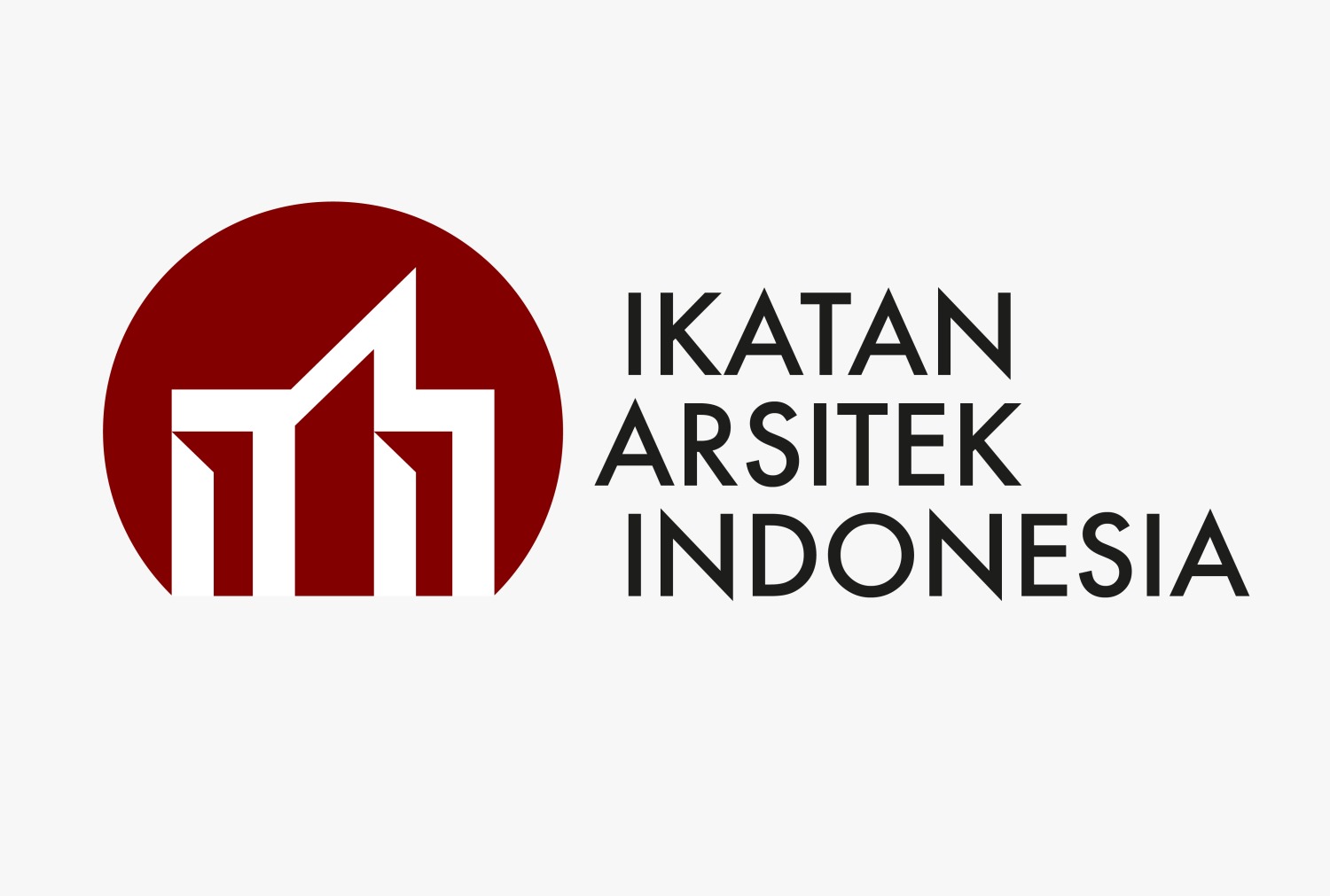ALTERNATIF TEKNIK PASSIVE COOLING YANG EFISIEN PADA RUANG AUDITORIUM GEDUNG B UNIVERSITAS ‘AISYIYAH YOGYAKARTA
DOI:
https://doi.org/10.31101/juara.v1i1.364Abstract
Downloads
Downloads
Published
How to Cite
Issue
Section
Citation Check
License
With the receipt of the article by the JUARA and the decision to be published, then the copyright regarding the article will be diverted to Journal of JUARA. Universitas 'Aisyiyah Yogyakarta as the publisher of Journal of JUARA hold the copyright regarding all the published articles in this journal.
Journal of Health Studies is licensed under a Creative Commons Attribution-ShareAlike 4.0 International License.




